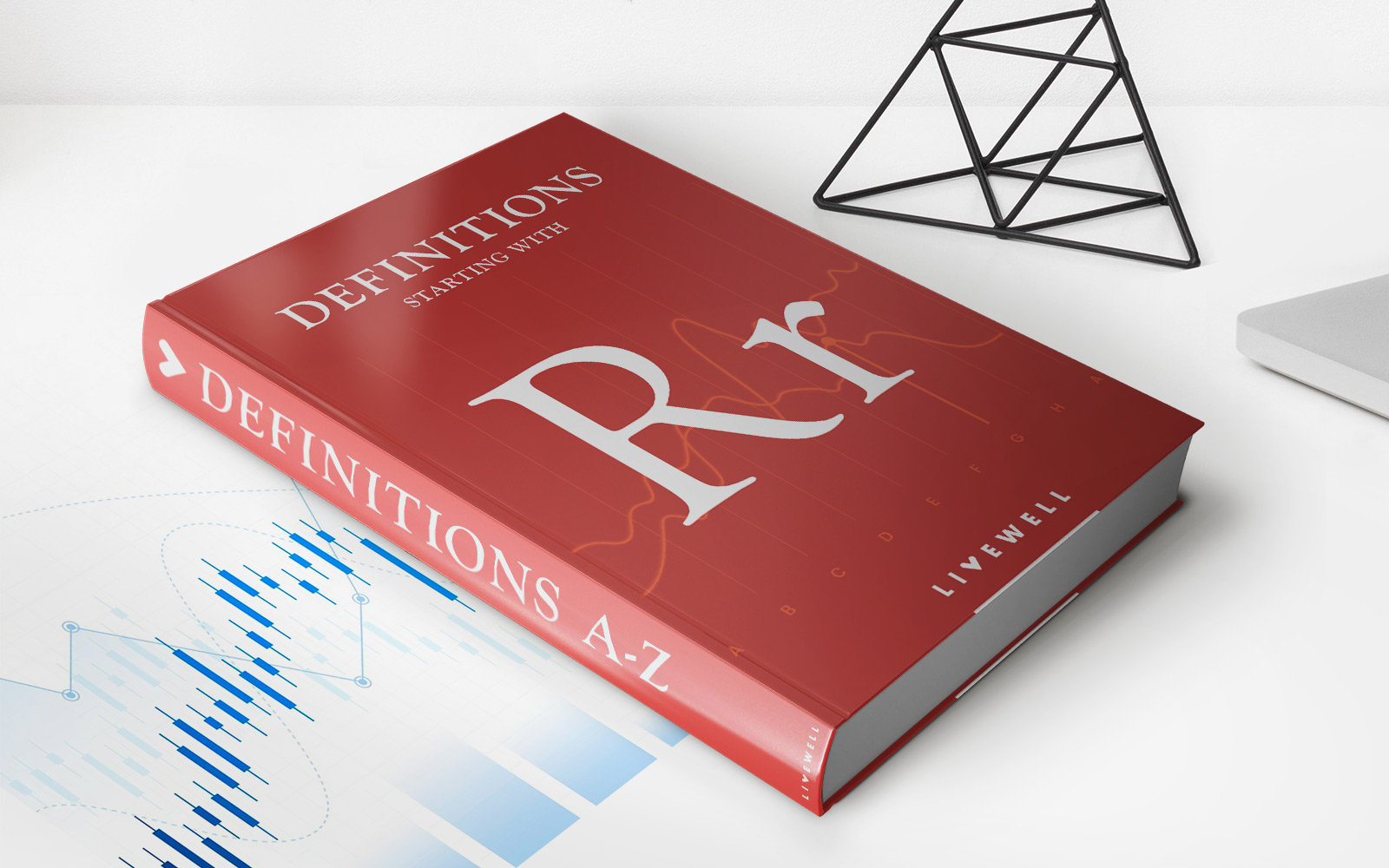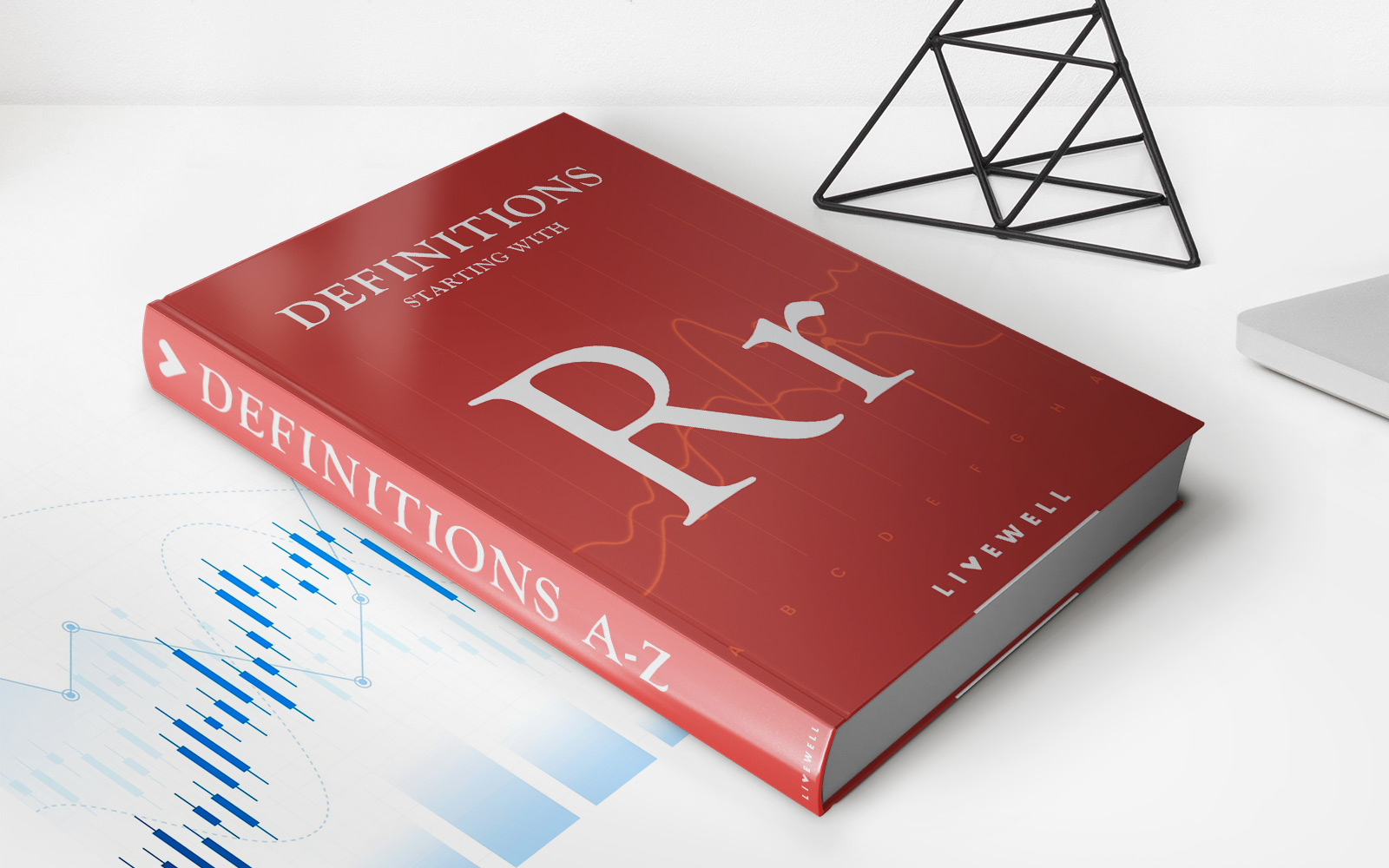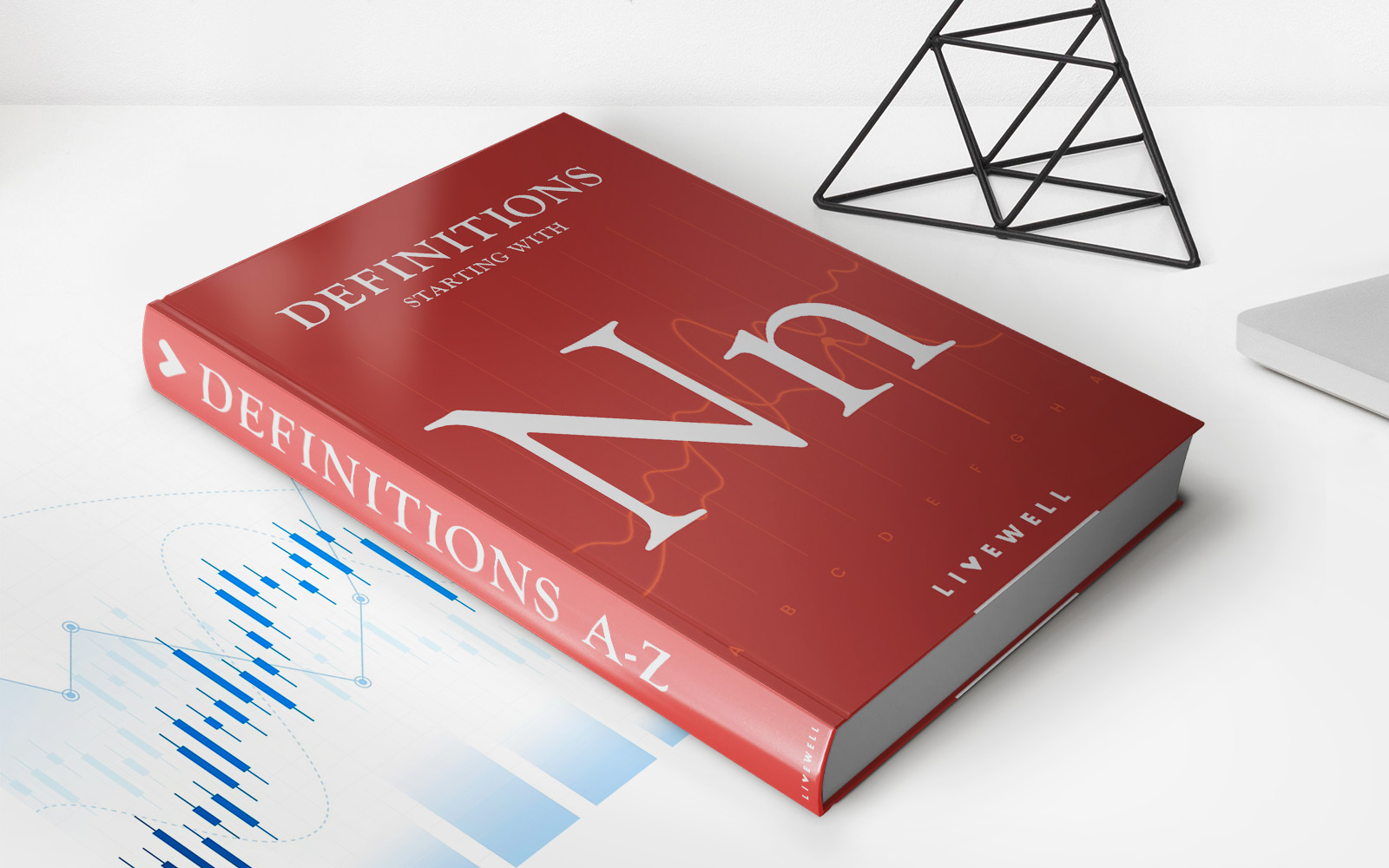Home>Finance>When Do Credit Bureaus See My Credit Utilization


Finance
When Do Credit Bureaus See My Credit Utilization
Published: March 6, 2024
Learn how credit bureaus assess your credit utilization and its impact on your finances. Understand when credit bureaus see your credit utilization and how it affects your financial profile.
(Many of the links in this article redirect to a specific reviewed product. Your purchase of these products through affiliate links helps to generate commission for LiveWell, at no extra cost. Learn more)
Table of Contents
What Is Credit Utilization?
Credit utilization plays a crucial role in determining an individual's creditworthiness. It refers to the ratio of the amount of credit being used to the total credit limit available. This ratio is a key factor in calculating a person's credit score and is closely monitored by credit bureaus. Understanding credit utilization is essential for maintaining a healthy credit profile and ensuring favorable lending terms.
Credit utilization is a fundamental concept in the world of personal finance. It is a measure of how much of your available credit you are using at any given time. For example, if you have a credit card with a $5,000 limit and you have a balance of $1,000, your credit utilization ratio is 20%. This ratio is calculated across all your credit accounts and is a significant indicator of your financial responsibility.
When it comes to managing your finances, being aware of your credit utilization and its impact on your credit score is crucial. Maintaining a low credit utilization ratio demonstrates to lenders that you are using credit responsibly and not overextending yourself financially. This, in turn, can positively influence your credit score, making you more attractive to potential lenders.
What Is Credit Utilization?
Credit utilization is a fundamental concept in the world of personal finance. It is a measure of how much of your available credit you are using at any given time. For example, if you have a credit card with a $5,000 limit and you have a balance of $1,000, your credit utilization ratio is 20%. This ratio is calculated across all your credit accounts and is a significant indicator of your financial responsibility.
Credit utilization plays a crucial role in determining an individual’s creditworthiness. It refers to the ratio of the amount of credit being used to the total credit limit available. This ratio is a key factor in calculating a person’s credit score and is closely monitored by credit bureaus. Understanding credit utilization is essential for maintaining a healthy credit profile and ensuring favorable lending terms.
When it comes to managing your finances, being aware of your credit utilization and its impact on your credit score is crucial. Maintaining a low credit utilization ratio demonstrates to lenders that you are using credit responsibly and not overextending yourself financially. This, in turn, can positively influence your credit score, making you more attractive to potential lenders.
How Credit Utilization Affects Your Credit Score
Credit utilization has a significant impact on your credit score. In fact, it is one of the most influential factors in determining your overall creditworthiness. Lenders and credit bureaus use this ratio to assess how responsibly you manage your credit and whether you are likely to default on payments.
A high credit utilization ratio, indicating that you are using a large portion of your available credit, can have a negative impact on your credit score. It suggests that you may be overextended financially and could be at risk of not being able to meet your financial obligations. On the other hand, a low credit utilization ratio demonstrates that you are using credit responsibly and can positively influence your credit score.
It’s generally recommended to keep your credit utilization ratio below 30%. This means that you should aim to use no more than 30% of your available credit across all your accounts. By doing so, you can show lenders that you are not overly reliant on credit and can manage your finances prudently. Maintaining a low credit utilization ratio can help improve your credit score and make you a more attractive prospect for future credit opportunities.
When Credit Bureaus See Your Credit Utilization
Credit bureaus regularly receive updates on individuals’ credit utilization from lenders and financial institutions. These updates typically occur once a month when creditors report the latest information about their customers’ credit accounts. When this information is reported to the credit bureaus, it is then factored into the calculation of individuals’ credit scores.
It’s important to note that the timing of when credit bureaus see your credit utilization can vary based on the reporting practices of your creditors. Some lenders report account information to the credit bureaus at the end of each billing cycle, while others may do so on a specific date each month. As a result, the data reflected in your credit report may not always align with your current credit card balances or recent payments.
For individuals aiming to manage their credit utilization effectively, understanding when credit bureaus receive this information is crucial. By being aware of the reporting dates for your credit accounts, you can strategically time your payments and balance reductions to ensure that your credit utilization ratio appears favorable when it is reported to the credit bureaus. This proactive approach can help you maintain a healthy credit profile and improve your credit score over time.
Factors That Impact When Credit Bureaus See Your Credit Utilization
The timing of when credit bureaus receive updates on your credit utilization is influenced by several factors, including the reporting practices of your creditors and the billing cycles of your credit accounts. Understanding these factors can provide insight into the frequency and timing of credit utilization data being reflected in your credit report.
1. Creditor Reporting Practices: Different creditors have varying schedules for reporting account information to the credit bureaus. Some may report on a monthly basis, while others may do so at different intervals. It’s essential to be aware of these reporting practices to understand when your credit utilization data is being shared with the credit bureaus.
2. Billing Cycles: The billing cycles of your credit accounts can also impact when credit bureaus receive updates on your credit utilization. Credit card companies typically report your account’s balance and payment status at the end of each billing cycle. Understanding your billing cycle dates can help you time your credit card payments to ensure that your credit utilization ratio appears favorable when it is reported to the credit bureaus.
3. Statement Closing Dates: The statement closing date is the date on which your credit card statement is generated each month. This date is significant because it often aligns with when your credit card issuer reports your account information to the credit bureaus. By being mindful of your statement closing dates, you can strategically manage your credit card balances to influence your credit utilization ratio positively before the information is reported.
4. Payment Posting Times: The timing of your credit card payments can also impact when credit bureaus see your credit utilization. While making timely payments is crucial, it’s important to consider the time it takes for payments to post to your account. Ensuring that your payments are reflected in your credit utilization calculations before the reporting date can help you maintain a favorable credit profile.
By understanding these factors and their influence on when credit bureaus receive updates on your credit utilization, you can take proactive steps to manage your credit accounts effectively and optimize your credit score.
Tips for Managing Credit Utilization
Effectively managing your credit utilization is essential for maintaining a healthy credit profile and optimizing your credit score. By implementing the following tips, you can proactively manage your credit accounts and demonstrate responsible credit usage to potential lenders.
1. Monitor Your Credit Utilization Ratio: Regularly monitor your credit card balances and credit limits to calculate your credit utilization ratio. Keeping track of this ratio can help you stay informed about how much of your available credit you are using and take action if necessary to keep it within a favorable range.
2. Pay Balances in Full or Keep Them Low: Aim to pay off your credit card balances in full each month to maintain a low credit utilization ratio. If paying in full is not feasible, strive to keep your balances as low as possible relative to your credit limits. This practice can positively impact your credit score and demonstrate responsible credit management.
3. Request Credit Limit Increases: Contact your credit card issuers to inquire about increasing your credit limits. By doing so, you can lower your credit utilization ratio, assuming your spending remains constant. However, it’s important to exercise discipline and not increase your spending to match the higher limit.
4. Spread Out Large Purchases: If you anticipate making significant purchases with your credit cards, consider spreading them out over multiple billing cycles. This approach can help prevent a sudden spike in your credit utilization ratio, which could negatively impact your credit score.
5. Time Your Payments Strategically: Be mindful of your credit card statement closing dates and the reporting practices of your creditors. By strategically timing your payments to lower your credit card balances before the reporting date, you can influence a more favorable credit utilization ratio.
6. Use Credit Wisely: Be selective and cautious when applying for new credit accounts. Opening multiple accounts within a short period can affect your credit score and potentially increase your overall credit utilization ratio, especially if new accounts come with significant credit limits.
By incorporating these tips into your financial management practices, you can effectively manage your credit utilization and work towards maintaining a positive credit profile. Understanding the impact of credit utilization on your credit score empowers you to make informed decisions and take proactive steps to demonstrate responsible credit management.
Conclusion
Understanding the significance of credit utilization and its impact on your credit score is essential for maintaining a healthy financial profile. By managing your credit accounts responsibly and strategically, you can positively influence your credit utilization ratio and demonstrate your creditworthiness to potential lenders.
It’s important to stay informed about when credit bureaus receive updates on your credit utilization and the factors that influence this timing. By being aware of your creditors’ reporting practices, billing cycles, and payment posting times, you can take proactive steps to ensure that your credit utilization ratio reflects positively on your credit report.
Implementing practical tips such as monitoring your credit utilization ratio, paying balances on time, and strategically timing your payments can help you maintain a favorable credit profile. Additionally, being mindful of your credit card statement closing dates and spreading out large purchases can contribute to a more positive credit utilization ratio, ultimately benefiting your credit score.
By using credit wisely and managing your credit utilization effectively, you can work towards achieving a strong credit score and positioning yourself for future financial opportunities. Remember that maintaining a low credit utilization ratio is a key component of responsible credit management and can significantly impact your overall financial well-being.
Ultimately, by staying proactive and informed about your credit utilization and its implications, you can take control of your financial future and pave the way for favorable lending terms and opportunities.














